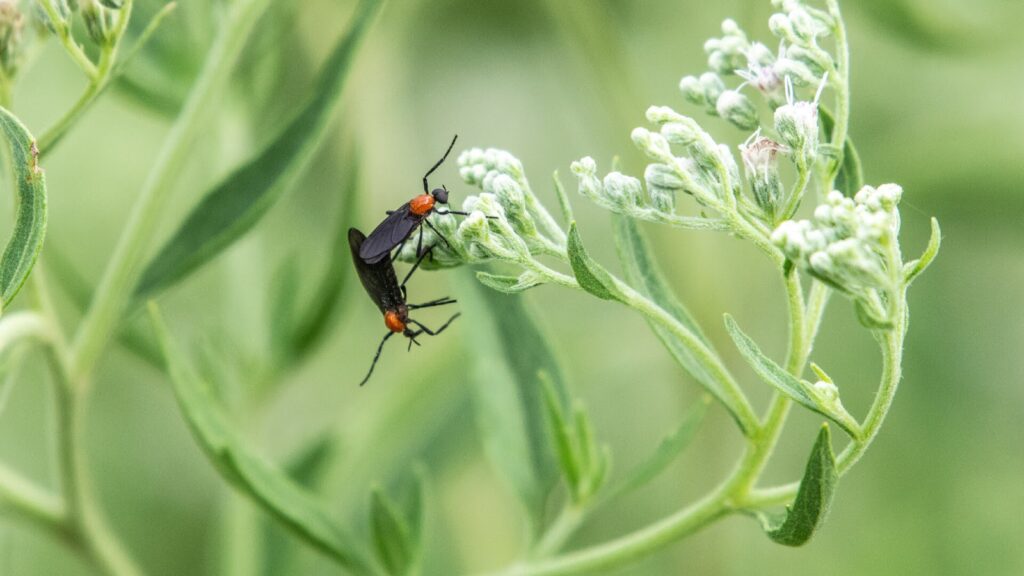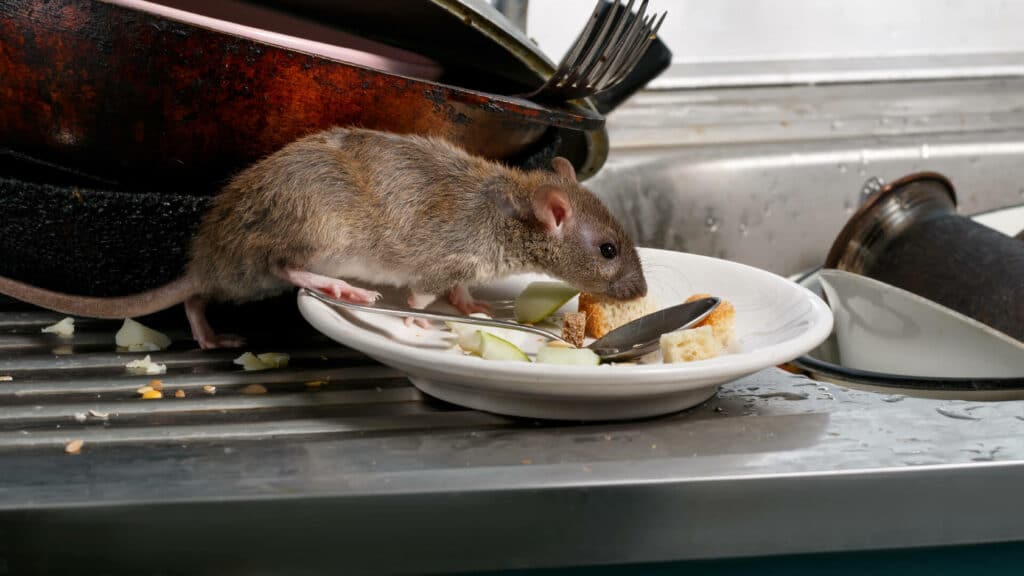Mice, those elusive yet troublesome creatures, have a knack for infiltrating our living spaces and turning a minor annoyance into a full-blown infestation. Understanding their characteristics and behavior is pivotal in effectively controlling these invaders. Despite their small size, usually ranging from 5 to 7 inches, they have a substantial impact. A single pair of mice can give birth to numerous offspring within a short span. This guide will delve into the intricacies of mouse behavior, the telltale signs of an infestation, the potential issues associated with these tiny intruders, and methods for mouse control.
Characteristics of Mice
To combat a mouse infestation, it’s crucial to recognize their distinctive physical attributes. Mice possess a pointed snout, rounded ears, and a long, scaly tail, making them adept at navigating various environments. Their fur, ranging from brown to gray, allows them to blend seamlessly into the background. However, their reproductive capabilities are anything but inconspicuous, with a single pair capable of producing numerous offspring in a short timeframe. Understanding these characteristics is fundamental in developing effective strategies to thwart their intrusion.
In addition to their physical traits, the behavior of mice plays a pivotal role in their ability to thrive in diverse environments. Mice are primarily nocturnal, meaning they are most active during the night. Armed with a keen sense of smell and taste, they meticulously seek out food sources, often infiltrating homes and buildings through small openings. Their small size enables them to squeeze through gaps as minuscule as a quarter of an inch, making effective control challenging but essential.
Signs of Mice Infestations
Identifying the signs of a mouse infestation is the first step in addressing the issue. One of the most noticeable indicators is the presence of small, dark droppings resembling pellets. These droppings are often found near food sources, nesting areas, or along commonly traveled routes. Gnaw marks on furniture, food packaging, or electrical wiring are also telltale signs of mouse activity. Mice are resourceful nest builders, using shredded materials like paper or fabric to create cozy homes in hidden corners of your property. If you start hearing scratching or scurrying noises within the walls or ceilings, particularly during the night, it’s a clear indication that these unwelcome guests have taken up residence. Early detection of these signs allows for swift intervention, limiting the impact of an infestation.
Dangers of Mice Infestations
A mouse infestation poses some health issues. Mice are carriers of various diseases, including Hantavirus, Salmonellosis, and Leptospirosis. The inhalation of airborne particles from mouse droppings can lead to respiratory issues, making it important to address an infestation promptly. Additionally, mice can cause structural damage by gnawing on wires, insulation, and furniture, potentially leading to electrical malfunctions or even fires. The dual threat to both property and health underscores the importance of taking decisive action to control mice in your home.
Methods for Treating Mice
Without Pest Control
When dealing with a minor mouse infestation, some methods can be effective in curbing the problem. Setting traps strategically in areas with high mouse activity is a classic approach. Snap traps and live traps offer different solutions, depending on your preference. Natural repellents, such as peppermint oil, can be a valuable ally in deterring mice. The strong scent of peppermint disrupts their olfactory senses, making your home less appealing. Additionally, maintaining a clean living space is beneficial to limiting mice activity. Regularly clean up crumbs, food spills, and secure all potential food sources. This denies mice access to sustenance, making your home less attractive to them. While these methods may work for smaller infestations, it’s crucial to monitor their effectiveness and be prepared to escalate to more advanced strategies if necessary.
With Pest Control
For more severe mouse infestations, seeking professional pest control services is often the more effective solution. Pest control experts bring a wealth of knowledge and experience to the table. They inspect your home to assess the extent of the problem, identifying entry points and nesting areas. Based on their findings, they implement targeted treatments, which may include the use of traps or strategically placed bait stations. Professional pest control services also offer ongoing monitoring to promote long-term mouse control results. This proactive approach not only controls the current infestation but also helps limit future ones. While professional services may involve an initial investment, the long-term benefits often outweigh the costs, providing you with peace of mind and a more protected home.
How to Limit a Mouse Infestation
Limiting mice from entering your home requires a combination of proactive measures and vigilant maintenance. Begin by sealing all potential entry points, including gaps in walls, doors, and windows. Mice can squeeze through surprisingly small openings, so a meticulous approach is important. Use materials like steel wool or caulk to fill gaps, ensuring a tight seal. Store food in airtight containers to reduce potential food sources. Mice are attracted to accessible food, and securing it helps make your home less appealing to them. Regularly clean and declutter your living spaces, paying special attention to areas where crumbs and spills might accumulate. Additionally, consider placing traps in key areas as a proactive measure, especially in places where mice are more likely to enter. Regular inspections of your property, both inside and outside, will help you identify and address potential issues before they escalate into full-blown infestations.
What to Do If You Find Mice in Your Home
Discovering mice in your home requires fast action. Begin by identifying and sealing off entry points. Inspect your home to determine how mice are entering your living space, and promptly address these openings with appropriate materials. Clean and disinfect affected areas, paying special attention to areas with droppings or nests. Consider using traps strategically placed in areas with high mouse activity. Traps can be effective in capturing individual mice and limiting further reproduction. Natural repellents, such as essential oils or ultrasonic devices, may also be considered. However, if the infestation persists or is particularly severe, it’s advisable to consult with a professional pest control service. Pest control experts can assess the situation, implement targeted treatments, and provide ongoing monitoring for long-term mice control in your home.
Conclusion
Successfully treating your home for mice requires a multifaceted approach that involves a combination of understanding their characteristics, recognizing signs of infestation, and implementing effective mouse control methods. Whether you choose to tackle a minor infestation yourself or seek professional help for a more severe problem, taking proactive measures is key. By adopting a proactive approach, you can not only reduce current mouse issues but also create a more protected home for you and your family. Remember, acting promptly and investing in proactive measures are the cornerstones of successful mouse control.









